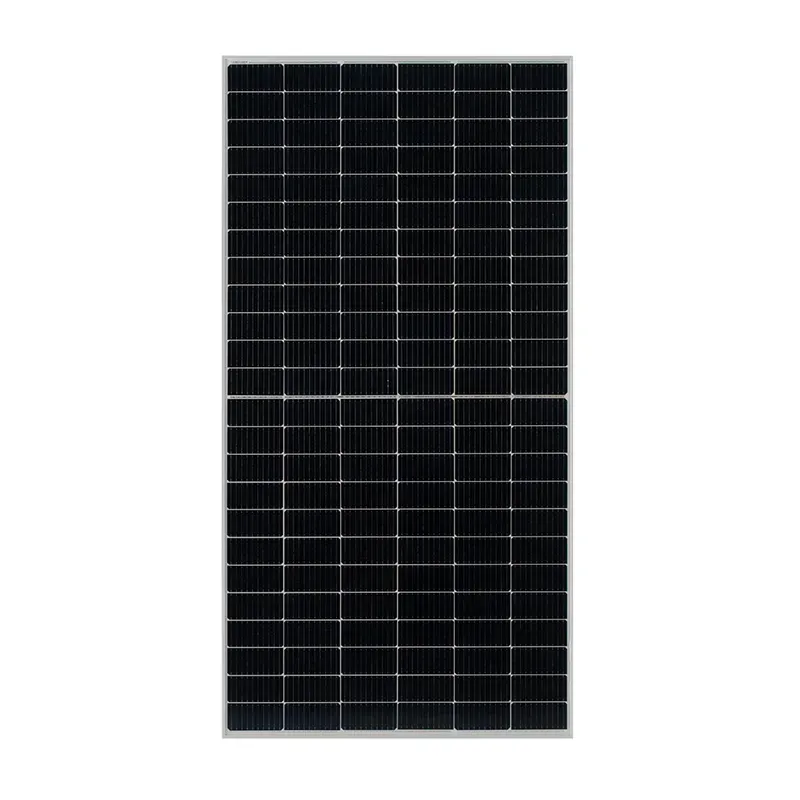current solar panel efficiency
Current Solar Panel Efficiency A Comprehensive Overview
Solar energy has emerged as one of the most viable and sustainable sources of power in the modern world. As global demands for clean energy escalate, the efficiency of solar panels becomes increasingly pivotal. Current solar panel efficiency refers to the ability of solar panels to convert sunlight into usable electrical energy. Various factors influence this efficiency, including technological advancements, material quality, and environmental conditions.
As of 2023, the efficiency of commercial solar panels typically falls within the range of 15% to 22%. Several high-efficiency models boast efficiencies exceeding 23%. These advancements in efficiency have largely resulted from innovations in photovoltaic (PV) cell technology. Historically, the first commercial solar panels from the 1950s had efficiencies around 6%, demonstrating the remarkable progress made over the decades.
One of the most significant technological developments in solar panel efficiency has been the advent of monocrystalline silicon panels. These panels, made from a single crystal structure, exhibit higher efficiencies due to their uniformity, which allows for better light absorption. In contrast, polycrystalline panels, composed of multiple crystal structures, generally have lower efficiencies but can be more cost-effective. The choice between these two types often depends on the specific energy needs and budget constraints of the consumer.
Current Solar Panel Efficiency A Comprehensive Overview
Moreover, recent developments in multi-junction solar cells have pushed the boundaries of efficiency even further. Multi-junction cells are composed of multiple layers of photovoltaic materials, each designed to absorb different wavelengths of sunlight. This technology has achieved impressive laboratory efficiencies exceeding 40%, showcasing the potential for revolutionary advancements in solar energy capture.
current solar panel efficiency

Environmental factors also play a crucial role in the efficiency of solar panels. Temperature, weather conditions, and geographical location can influence how well solar panels perform. For instance, while solar panels generally operate more efficiently in cooler temperatures, excessive heat can lead to a reduction in performance. Consequently, solar installations in hotter climates may require additional cooling mechanisms to optimize efficiency.
Furthermore, the orientation and angle of solar panels can significantly impact their performance. Panels should ideally be positioned to face the sun directly, with adjustments made based on seasonal variations. The use of tracking systems, which move panels to follow the sun, has seen increased adoption to maximize solar energy capture throughout the day.
To enhance overall efficiency, solar panel installations must also consider the delicate interplay between maximizing output and maintaining aesthetics, especially in residential settings. The integration of solar technology into building materials, such as solar shingles, represents a step toward blended designs that preserve architectural integrity while harnessing solar power.
The future of solar panel efficiency is promising, with ongoing research focused on new materials, like perovskite solar cells. These materials have shown the potential for both high efficiency and lower production costs. If commercialized effectively, they could revolutionize the solar industry, making solar power even more accessible.
In conclusion, current solar panel efficiency is a dynamic field characterized by rapid advancements and innovations. As technology progresses, the efficiency of solar panels will continue to improve, making solar energy a more attractive option for both residential and commercial applications. With the pressing need for sustainable energy solutions, ongoing research and development in solar technology will be essential for furthering our transition to a greener future. Embracing these advancements will not only aid in reducing carbon footprints but will also contribute significantly to the global energy landscape.
-
Unlocking Energy Freedom with the Off Grid Solar InverterNewsJun.06,2025
-
Unlock More Solar Power with a High-Efficiency Bifacial Solar PanelNewsJun.06,2025
-
Power Your Future with High-Efficiency Monocrystalline Solar PanelsNewsJun.06,2025
-
Next-Gen Solar Power Starts with Micro Solar InvertersNewsJun.06,2025
-
Harnessing Peak Efficiency with the On Grid Solar InverterNewsJun.06,2025
-
Discover Unmatched Efficiency with the Latest String Solar InverterNewsJun.06,2025







